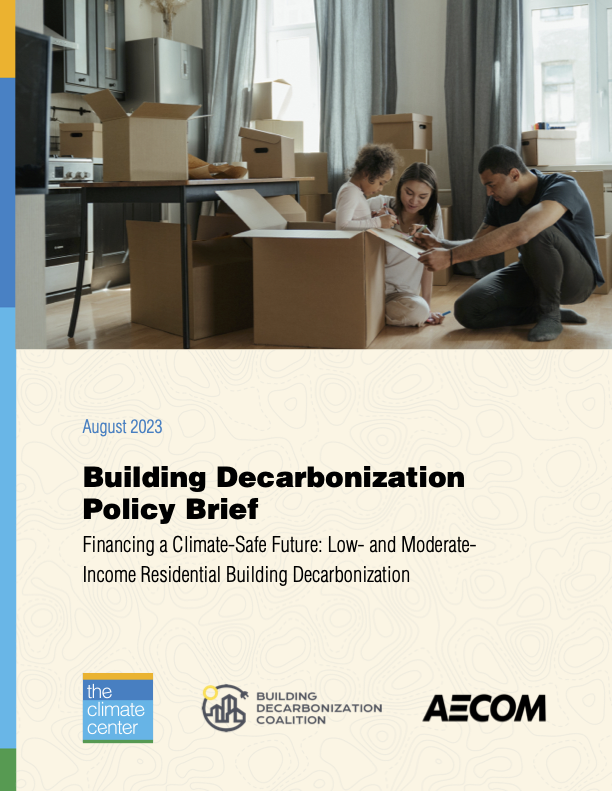Decarbonizing existing residential buildings is critical to meeting California’s climate goals. Buildings in California are responsible for almost 44 million metric tons of carbon dioxide equivalent per year, or 25 percent of the state’s climate pollution. Recent research shows that, to keep pace with the latest climate science and stay below 1.5 degrees Celsius of warming, California must cut total building emissions by almost 70 percent by 2030.
Tariffed on-bill financing (TOBF) is an underutilized tool that can provide homeowners and landlords a cost-effective way to finance a portion of the cost of home electrification. With TOBF, utilities invest in residential building electrification measures that are proven to lower utility bills by improving efficiency. Utilities then charge ratepayers over time to recoup the initial capital investment, at a rate that still allows ratepayers to receive some cost savings. This mechanism taps private capital while lowering utility bills for households or building owners and is also sometimes known as “inclusive utility investment.”
In addition to TOBF, this policy brief also addresses:
- Existing state programs and funding sources for building decarbonization: Describes existing state programs, policies, and funding sources, as well as related strategies and research, that support each of the action areas.
- Challenges to funding and financing: Summarizes major challenges for achieving net zero emissions from our built environment.
- Recommended funding pathways: Discusses the range of potential incentive and regulatory mechanisms evaluated and the recommended pathways selected for further analysis.
- Analysis of gaps in funding: Provides an estimate of the funding needs for achieving necessary greenhouse gas reduction goals as well as the potential of the recommended funding pathways to fill the funding needs.
- Additional considerations and next steps: Key considerations and next steps for implementing each funding pathway.
Questions or feedback? Please reach out to us at info@theclimatecenter.org.

